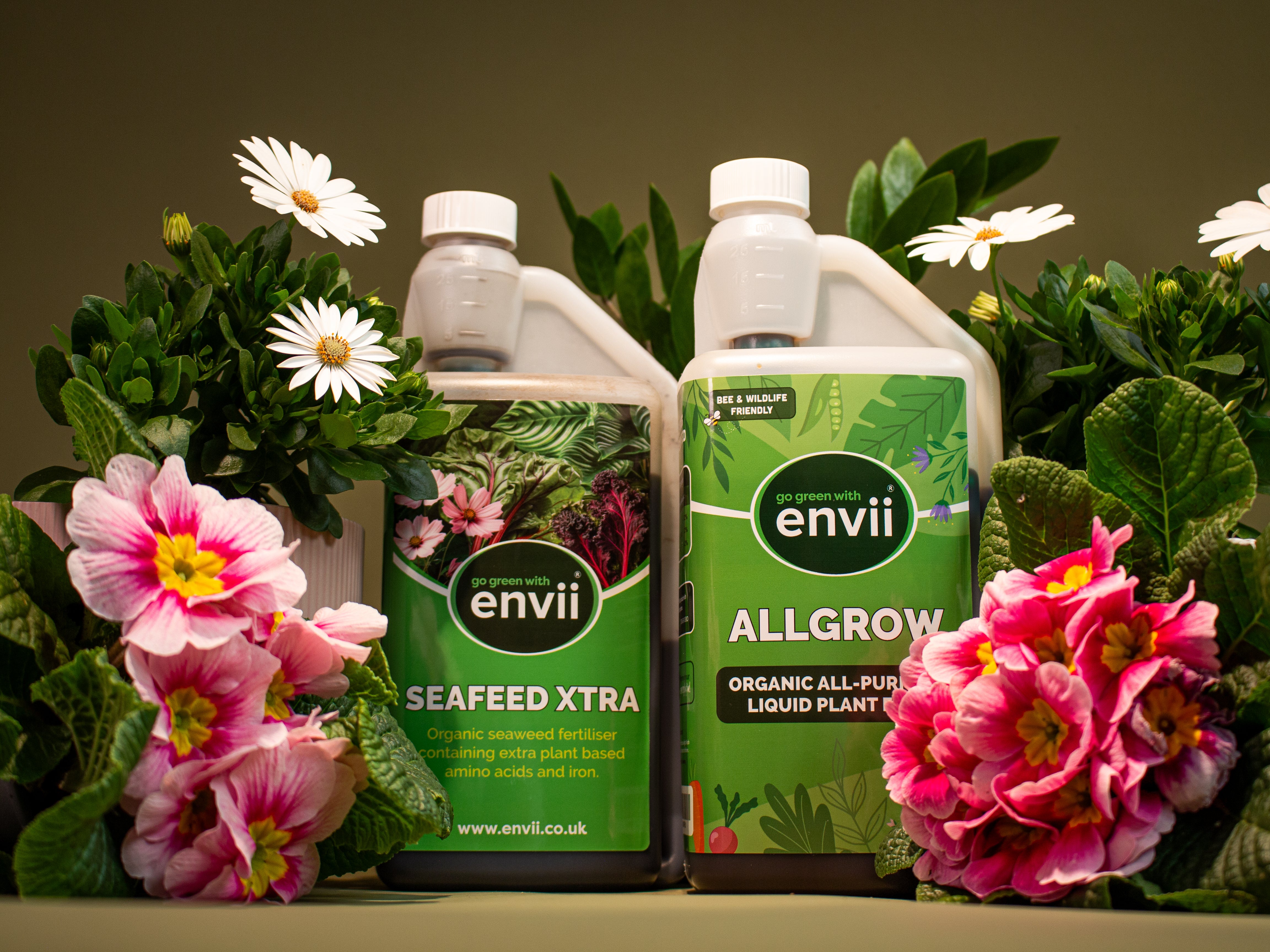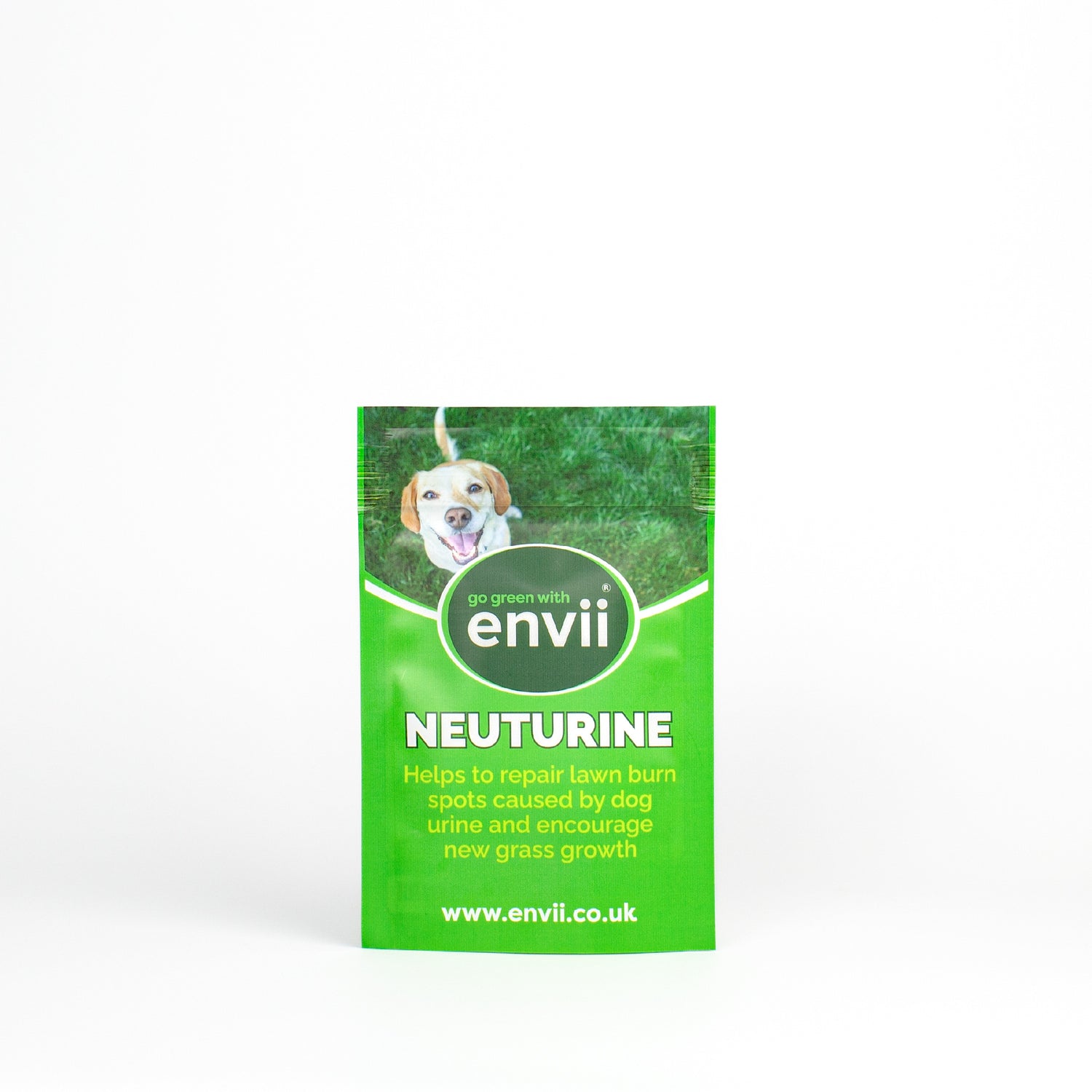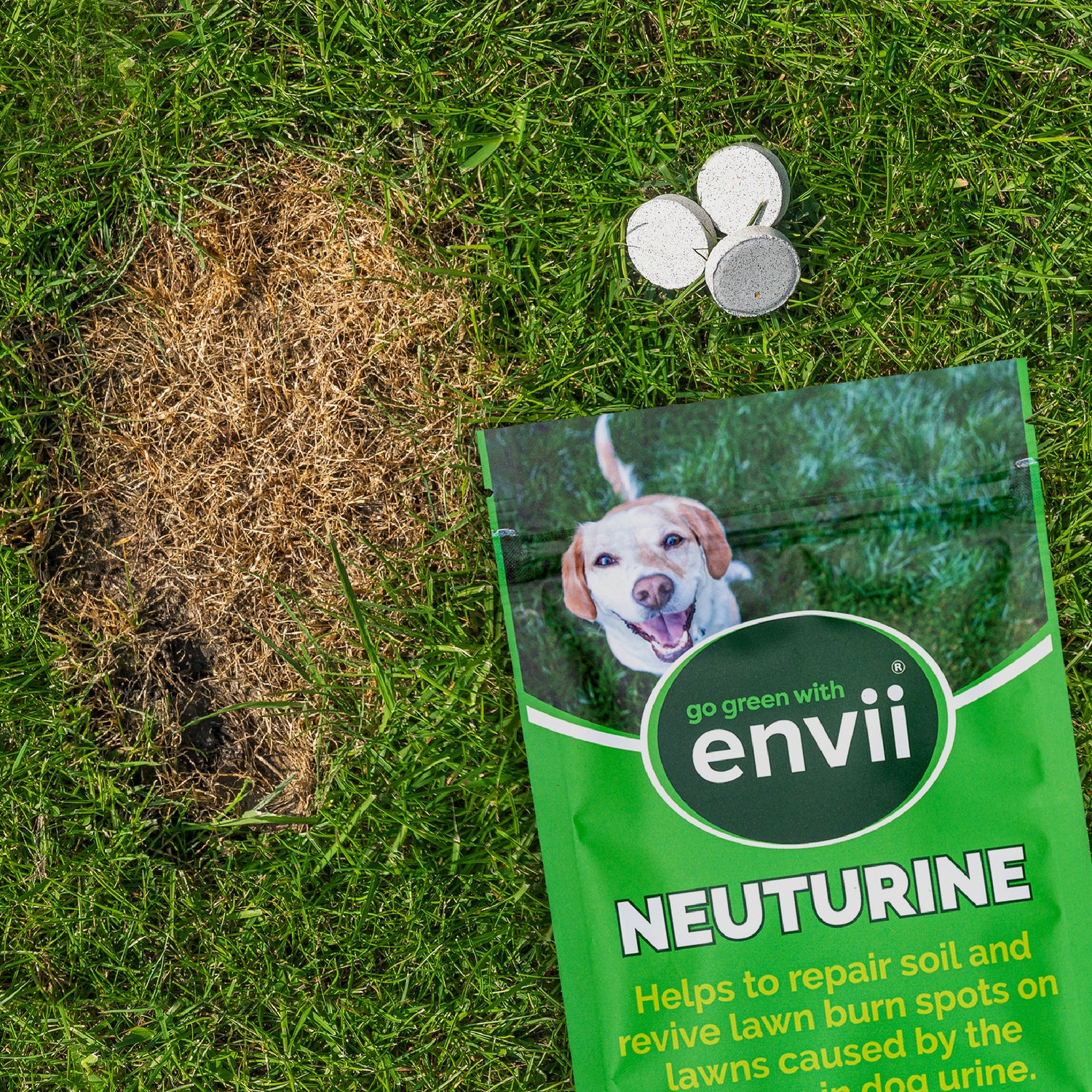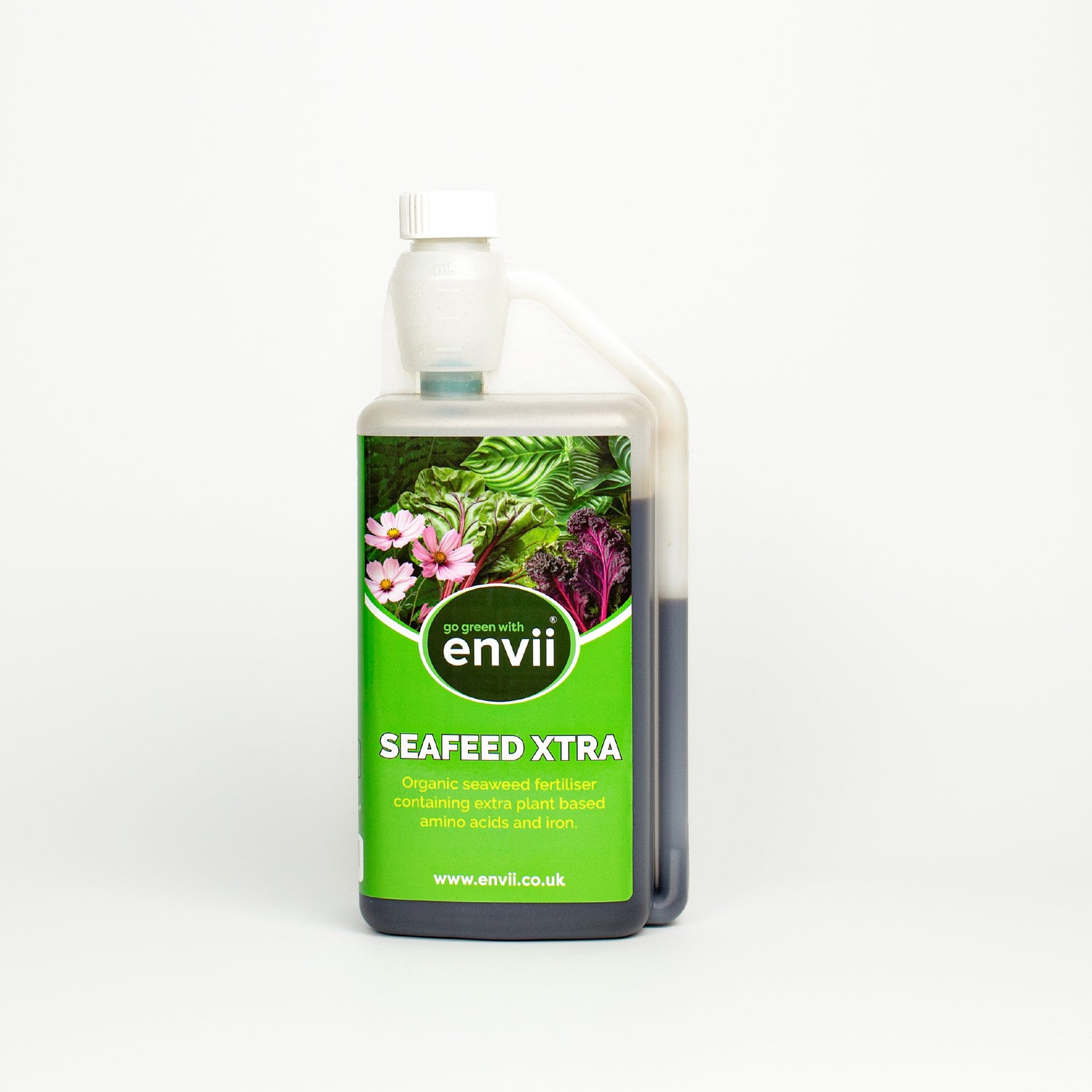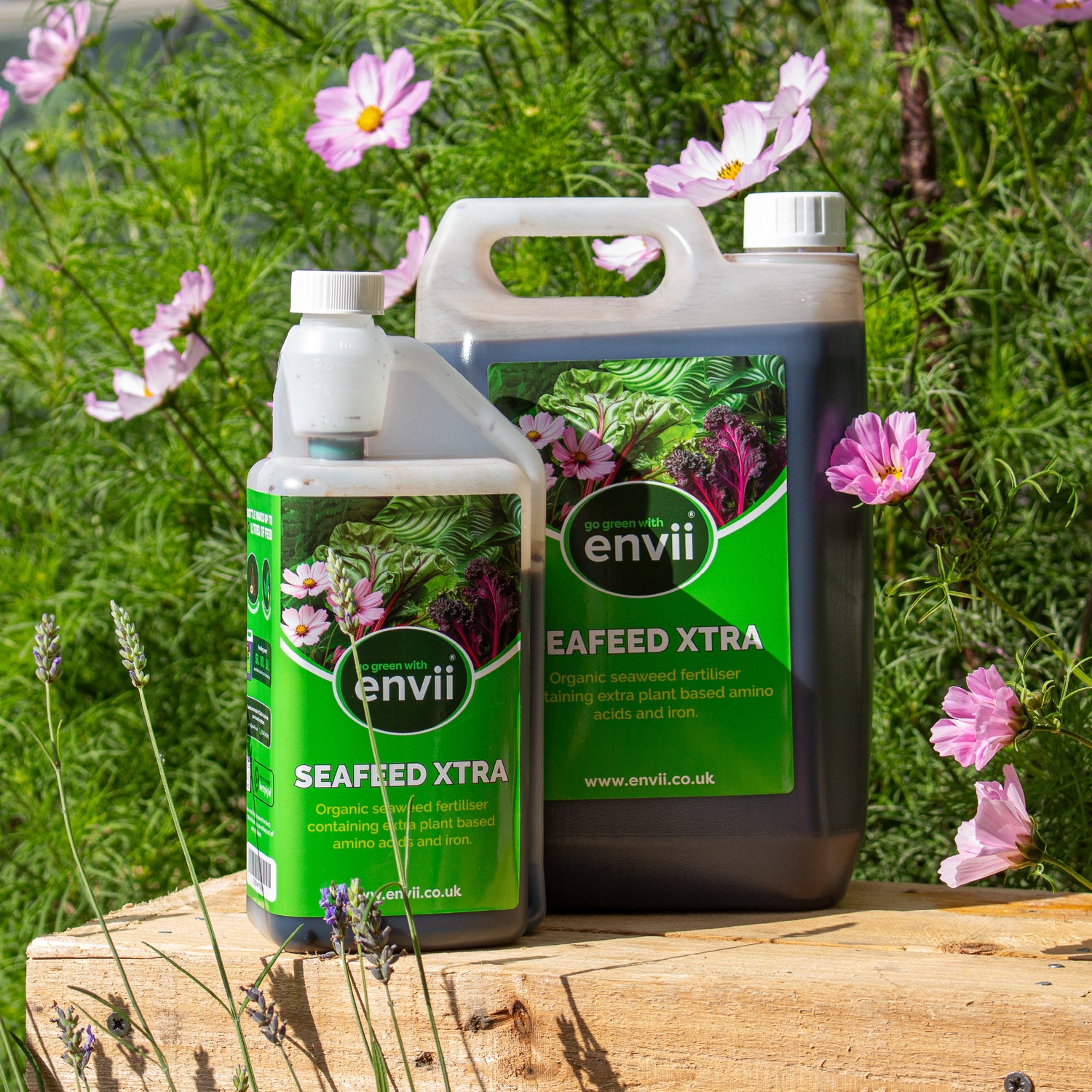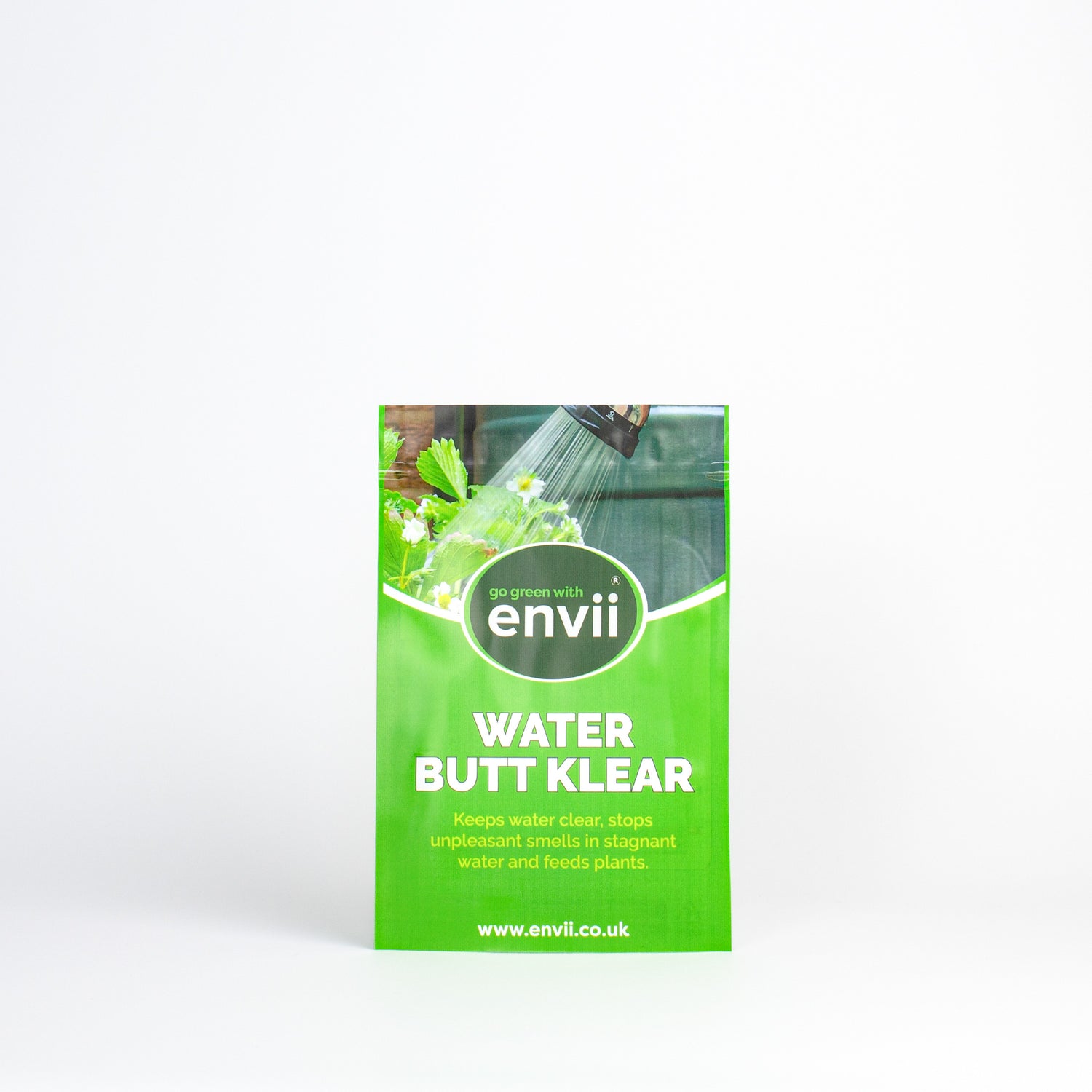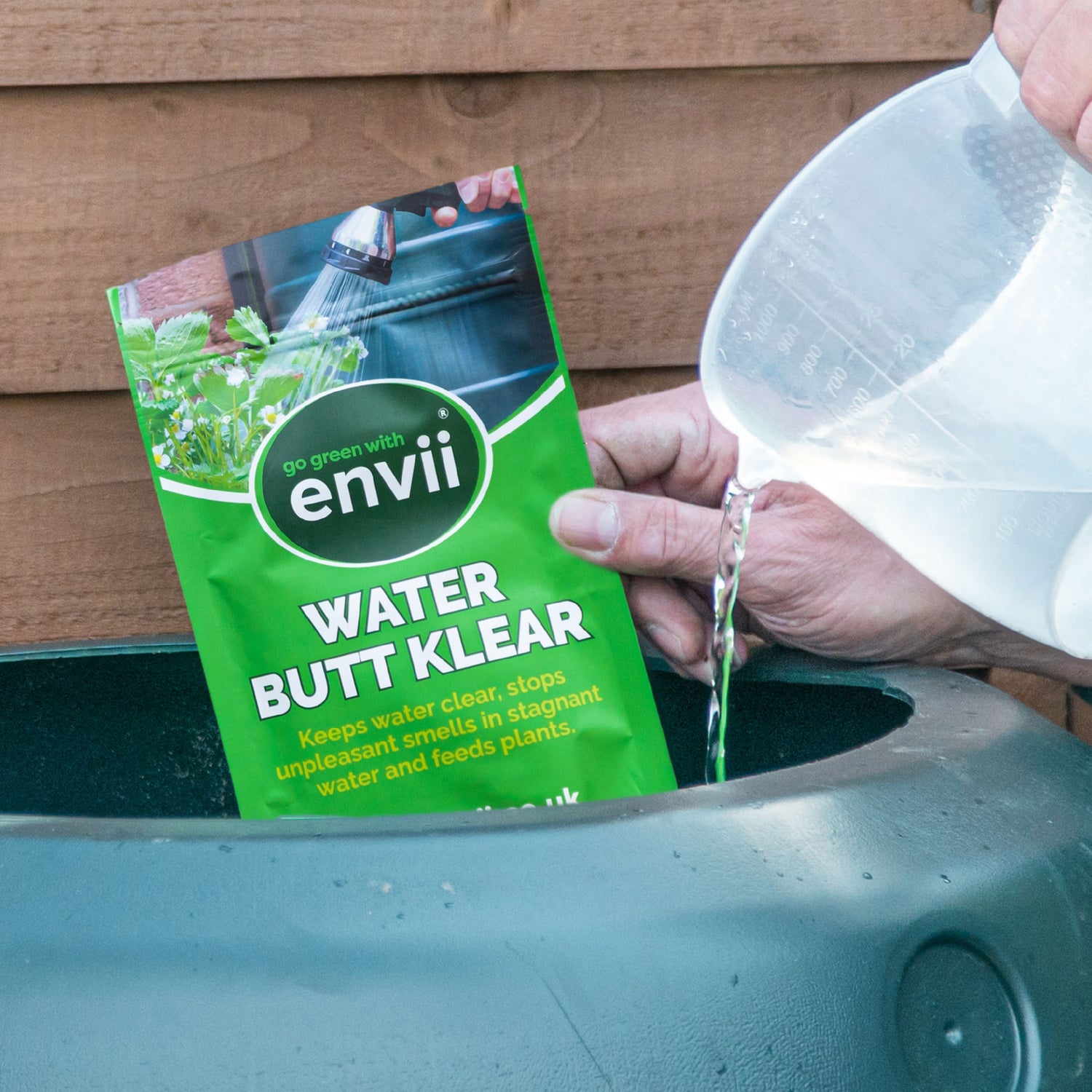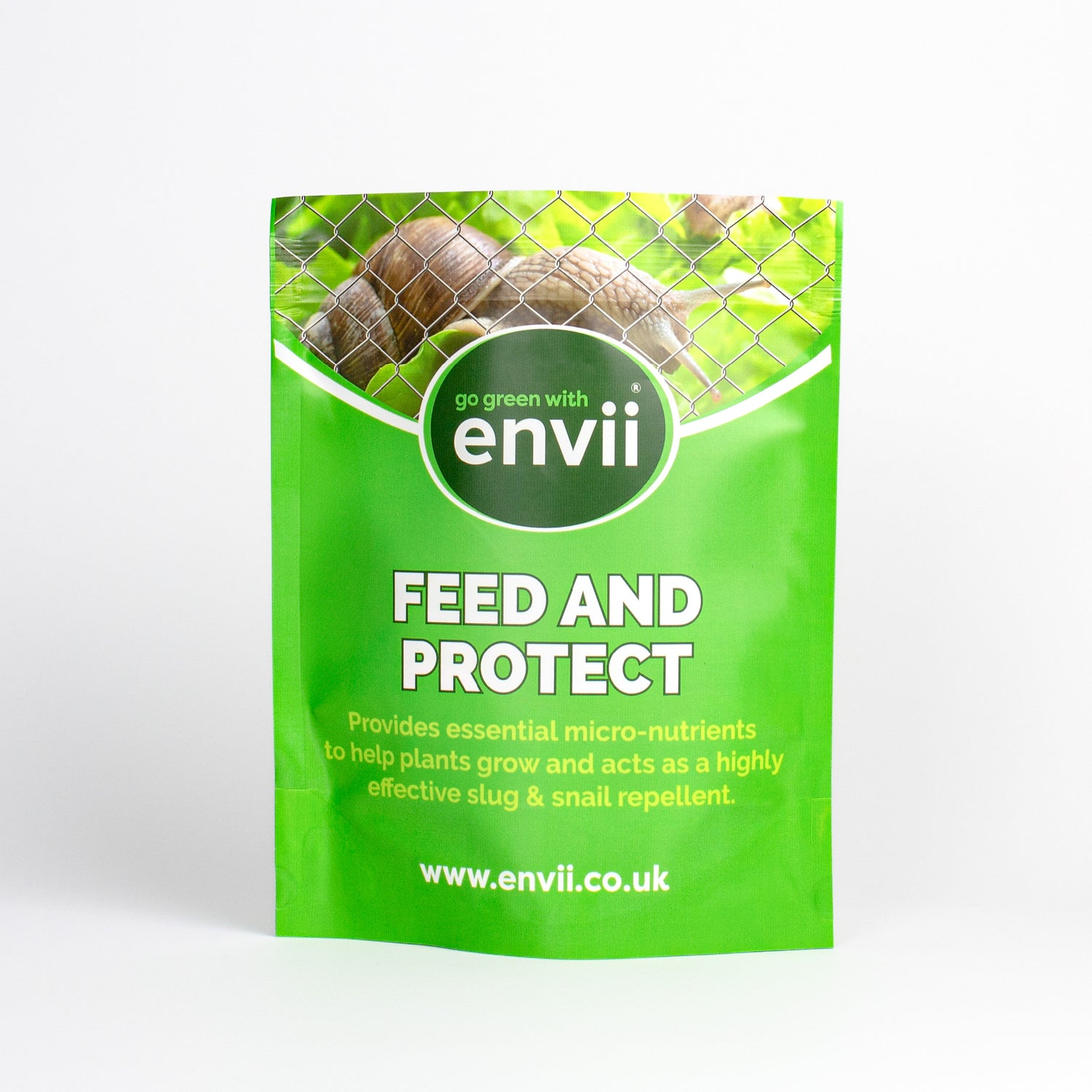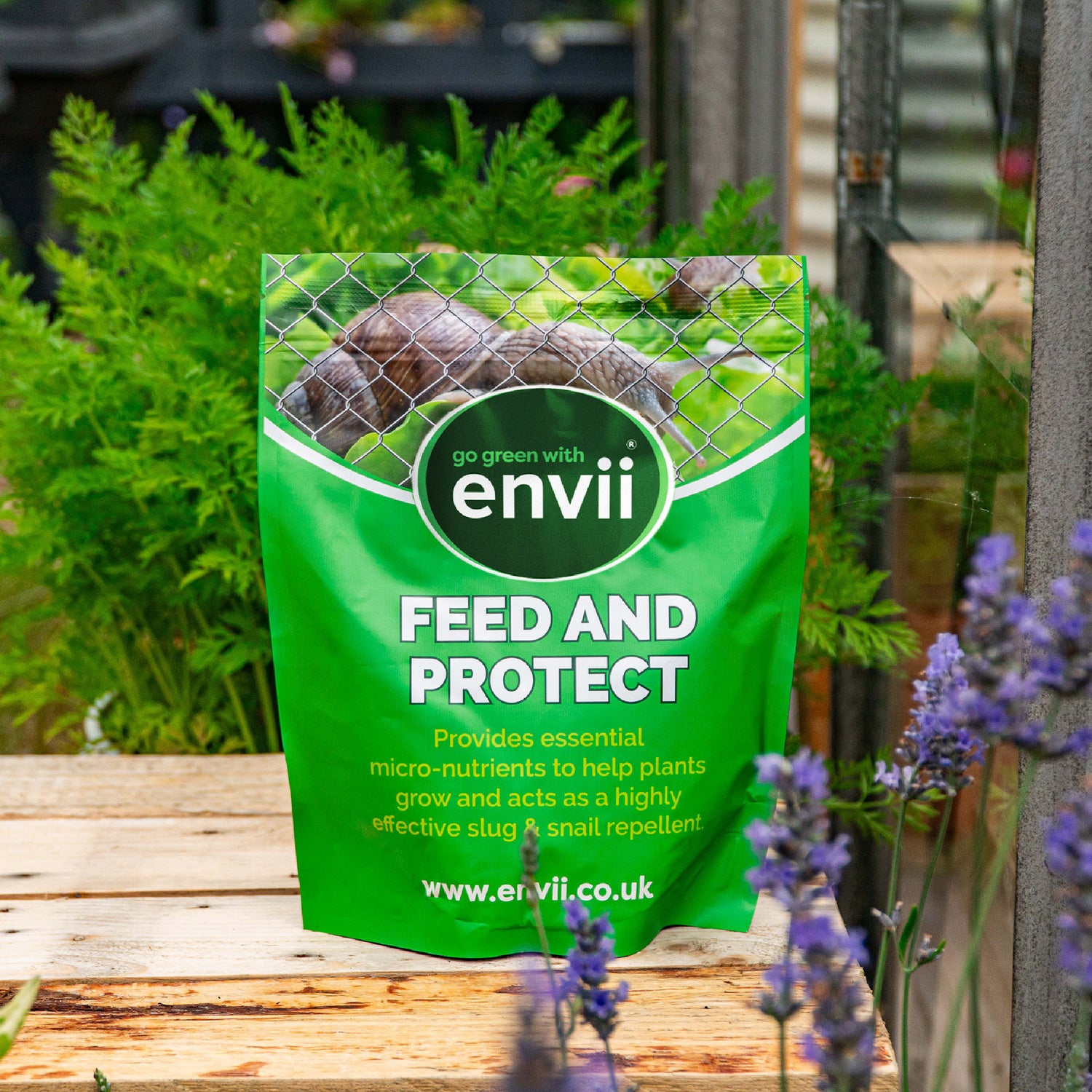Nothing beats juicy green peas as an addition to your dinner, or even a snack straight off the plant. Peas are a rewarding plant to grow due to their high crop production as select varieties can produce harvests in just 60 days!
Continue reading to find out some easy peasy sowing and growing methods.
Sowing Peas
The best time to grow peas from seed is between spring and early summer for a plentiful harvest later in the year. Sowing peas can be done indoors, in a greenhouse, or outdoors when the weather begins to warm up.
There are multiple methods in which you can sow peas, but the most common ways are multi-sow, guttering planting, toilet roll tubes, and direct sowing outdoors.
If you have any spare or old roof guttering, then planting your pea seeds in it will be a great use:
- 1. Clean the guttering to ensure there are no insects or diseases.
- 2. Fill the guttering with compost until only an inch of room is left at the top.
- 3. Place your peas onto the compost with around an inch of room between them.
- 4. Cover seeds with an inch of compost.
- 5. Water through and add your label.
- 6. Wait for the seeds to germinate and then plant them after a few weeks’ growth outside.
Another indoor method is sowing the seeds individually into toilet roll tubes, this is a great method if you are going to be moving them outdoors individually later. Here is a video where Dave demonstrates how to achieve this with sweet pea seeds.
However, if it is later in the year when you are sowing peas, then you can sow them directly outside. See below to find out how Dave achieves successful germination outdoors.
Growing
The ideal growing position for peas is in a sunny spot with good drainage, either in a container or in the ground. Peas need support to grow up due to their nature to climb. The plants will grow up anything from a wigwam to a trellis it just depends on the space that you are growing them in.
Ensure that you regularly water your peas, especially once flowered to encourage crop growth and feed with a nutritious fertiliser. Pea pods swell on the plant when watered consistently so make sure to do so for a plentiful harvest.
Harvesting Peas
If you have sown your peas in spring, they will be ready to harvest from June to October. You will know when they are ready as the pods will be full and you can feel peas inside. To encourage continuous growth, pick the pods regularly but make sure not to harm the plant when doing so.
Problems When Sowing Peas
The most common problem when growing peas is wildlife. When you directly sow pea seeds outside it is known that mice like to come and steal them for themselves. To avoid your pea seeds going missing it will be best to sow the seeds indoors until they have a few weeks of growth or cover them outdoors so that the mice can’t get to them.
Another common wildlife issue with pea plants is pigeons attacking the leaves of the plant. A way in which you can stop pigeons feasting on your plants is by getting creative and making bird scarers or covering the plants with netting. This will deter the birds and hopefully put them off for good!
High crop production varieties:
Hurst green shaft
Canoe
Easy peasy
First 13
Purple pod varieties:
Blauwschokker
Purple podded
Edible pod varieties:
Snow peas
Sugar snap peas
Overall, peas are a great crop to grow and look fantastic in the garden, with dainty flowers turning into tasty pods that everyone can enjoy.
